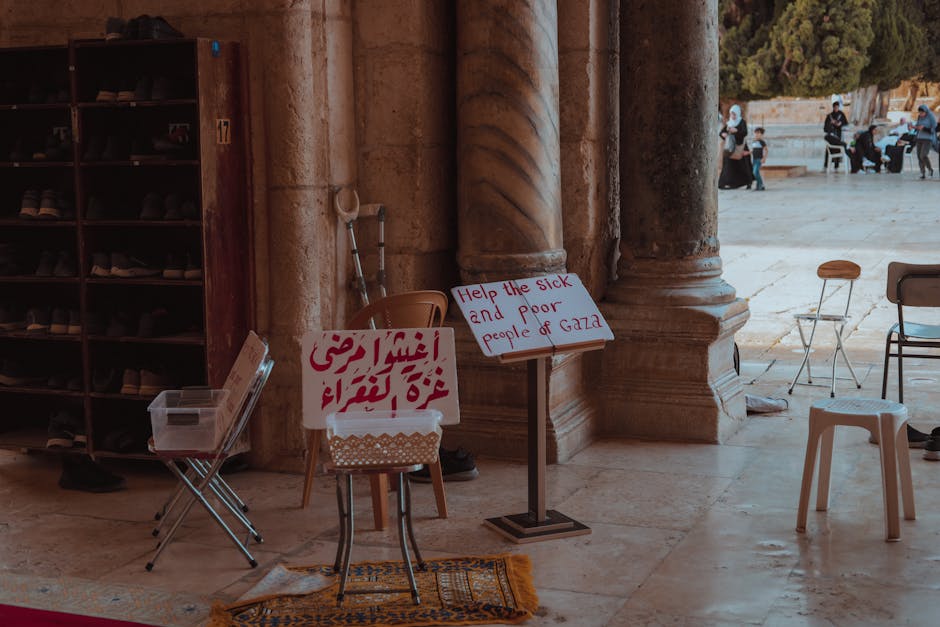The date is etched in memory: October 7, 2023. On that day, Hamas militants launched a brutal attack from Gaza into Israel, killing around 1,200 people and committing an act that would become the agonizing, central focus of the ensuing war: they took 251 people hostage. Men, women, children, soldiers, and civilians, from toddlers to octogenarians, were violently abducted and dragged into the labyrinthine depths of Gaza.
Months later, the question that haunts families and vexes international diplomats remains stark and devastatingly simple: Where are the hostages?
The Hostage Crisis by the Numbers
The answer is a complex mosaic of hope, tragedy, and strategic silence. Of the initial 251 hostages, the situation has evolved significantly:
- Released: 105 civilians, mostly women and children, were freed during a temporary ceasefire in late November 2023 in exchange for Palestinian prisoners.
- Rescued: A handful of hostages have been rescued in daring Israel Defense Forces (IDF) military operations, including the recent extraction of four hostages from Nuseirat.
- Confirmed Deceased: A significant number have been confirmed dead. Some were killed on October 7, their bodies taken into Gaza, while others have died in captivity. The IDF has recovered several of their bodies.
- Status Unknown: Over 100 individuals remain, their exact location and condition unknown. Israeli intelligence estimates that a substantial number of these remaining hostages may no longer be alive.
Why Finding the Hostages in Gaza is So Difficult
For Hamas, the remaining hostages are their single most valuable strategic asset. They are leverage in negotiations for a permanent ceasefire, the release of thousands of Palestinian prisoners, and the withdrawal of Israeli forces. Revealing the hostages’ precise locations or conditions would surrender that leverage.
The search is further complicated by the dense, urban battlefield of the Gaza Strip. The hostages are not being held in a single location.
Hidden in Plain Sight: Tunnels and Civilian Areas
Intelligence suggests the hostages are scattered across Gaza in small groups and are constantly being moved to evade detection by the IDF. Their potential locations include:
- The “Gaza Metro”: Hamas’s vast and sophisticated network of underground tunnels provides a subterranean world largely impervious to overhead surveillance and ideal for concealing captives.
- Civilian Homes and Buildings: Many hostages are believed to be held in apartments, homes, and other civilian structures. This tactic turns entire neighbourhoods into potential hostage sites, severely complicating Israeli military operations and increasing the risk to non-combatants.
This operational fog of war creates an unbearable reality. Every military strike carries the risk of inadvertently harming the very people it aims to save. The tragic incident where IDF soldiers mistakenly killed three escaped hostages serves as a harrowing reminder of this peril.
A Continuous Torture for Families
For the families of those still in captivity, the uncertainty is a form of continuous torture. The “Bring Them Home Now” campaign has become a global symbol of their anguish, with their faces and stories a constant presence in Israeli society and on the world stage. They are caught in a cruel limbo, torn between supporting military pressure that might create rescue opportunities and advocating for a diplomatic deal that seems perpetually out of reach.
So, where are the hostages taken from Israel? They are in the shadows of a brutal war, pawns in a high-stakes geopolitical game, and at the heart of a human tragedy with no easy resolution. They are everywhere and nowhere in Gaza, their fate inextricably tied to the future of the conflict.




